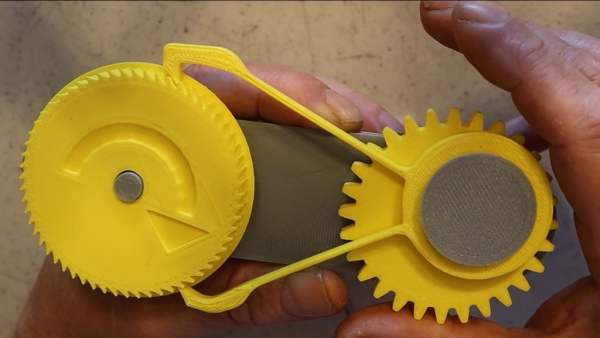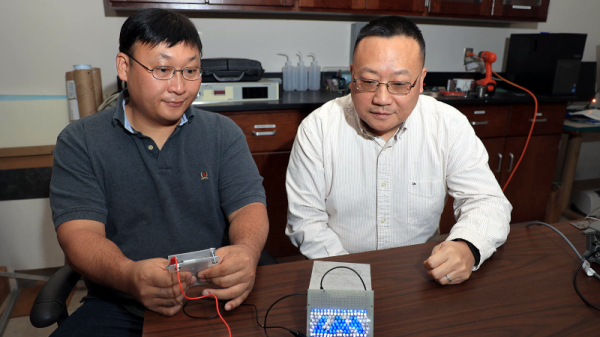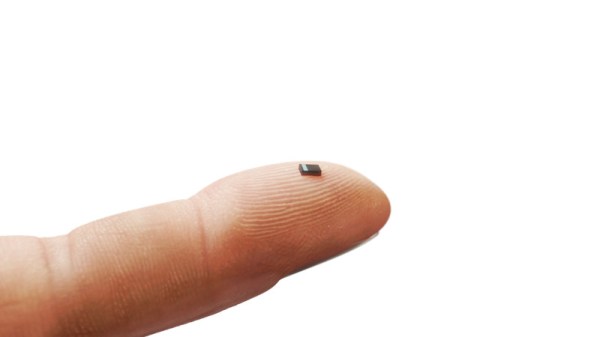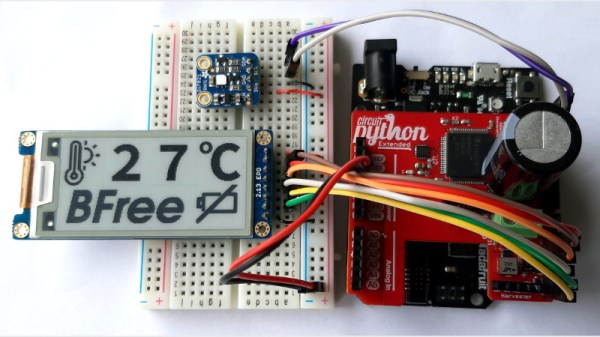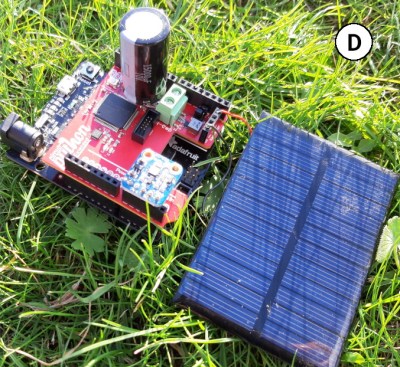Back in 1956, Seiko created their “magic lever” as an integral part of self-winding mechanical watches, which were essentially mechanical energy harvesters. The magic lever is a type of ratcheting arrangement that ensures a main gear only ever advances in a single direction. [Robert Murray-Smith] goes into detail in this video (here’s a link cued up to 1:50 where he begins discussing the magic lever)
There is a lot of naturally-occuring reciprocal motion in our natural world. That is to say, there is plenty of back-and-forth and side-to-side, but not a lot of round-and-round. So, an effective mechanism for a self-winding watch needed a way to convert unpredictable reciprocal motion into a unidirectional rotary one. The magic lever was one way to do so, and it only has three main parts. [Robert] drew these up into 3D models, which he demonstrates in his video, embedded below.
The 3D models for Seiko’s magic lever are available here, and while it’s fun to play with, [Robert] wonders if it could be integrated into something else. We’ve certainly seen plenty of energy harvesting projects, and while they are mostly electrical, we’ve also seen ideas about how to harvest the energy from falling raindrops.
Continue reading “3D Print Your Own Seiko-Style “Magic Lever” Energy Harvester”

